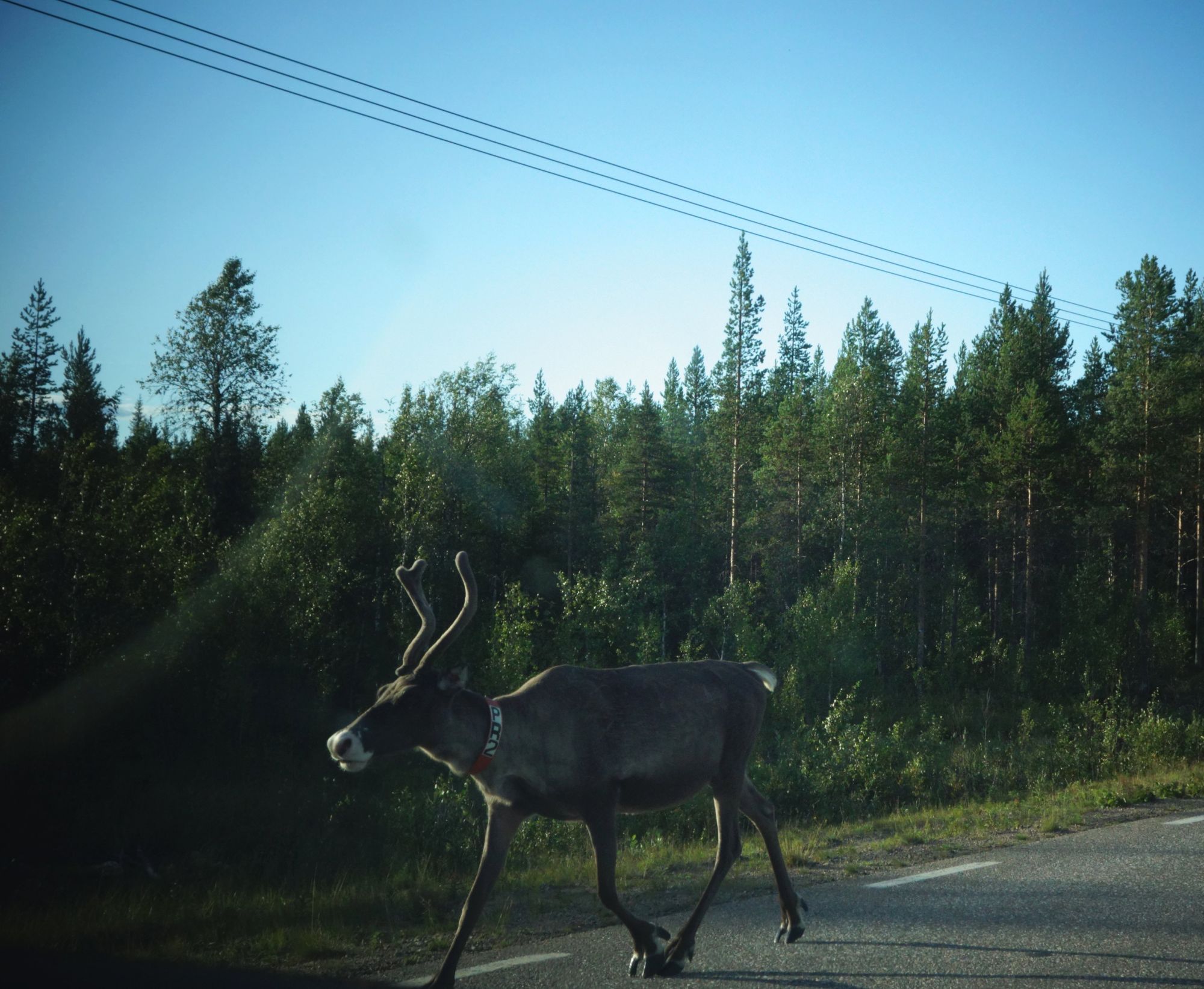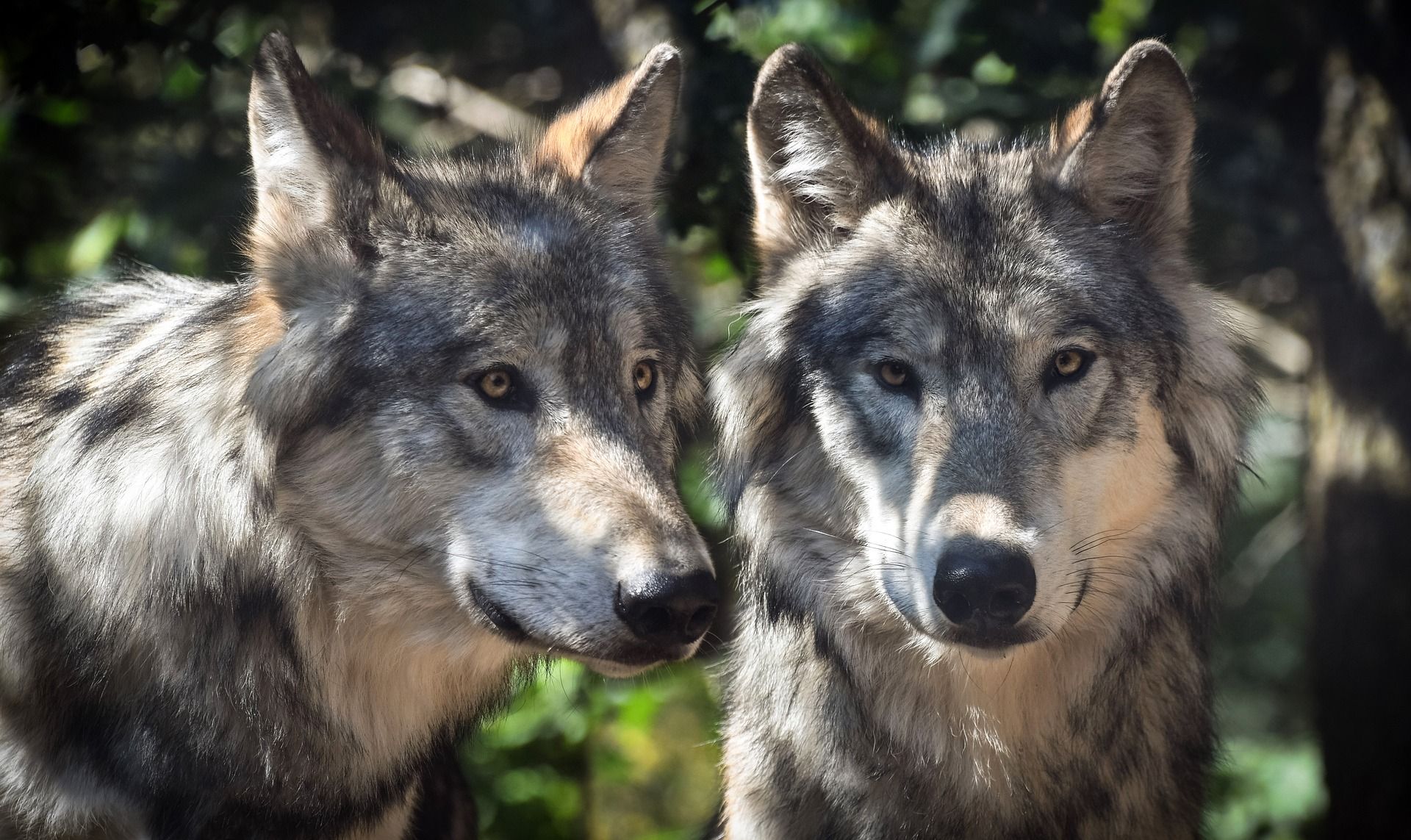Mammals and power lines – a problem?

We already know that power lines can impact biodiversity, for instance birds. But – actually – most of our knowledge is based on birds! Other animal groups (or plants!) do not get as much attention [1,2]. But in this post, we’ll put a spotlight on mammals.

Similarly to birds, mammals can get electrocuted – for example when they touch two conductors simultaneously. But unlike birds, there is a lack of data about mammals as potential victims. Although electrocution is known to cause death for some bats species [3], bats are often overlooked when assessing the impacts of power lines [1]. Electrocution was observed in other mammals [4], but only a few individuals were reported.
When building power lines corridors, you cannot escape the necessary removal of existing vegetation to make room for pylons. By “cutting” the landscape, you can end up affecting habitats [5,6] by:
- Fragmenting it - instead of having one continuous habitat you end up with numerous small, isolated areas.
- Changing it - the local plants are often replaced by invasive species [7].
- Losing it.
But when we address mammals, do power lines actually pose a physical barrier for species? Well, yes! And also no.
Mammalian species that dwell primarily in forests avoid narrow forest clearings, including power lines corridors [7]. Medium-sized mammals – mustelids or squirrels – prefer to remain in forests, and therefore tend to shun narrow forest clearings [8].
Predators, on the contrary, LOVE linear clearings. It makes life easier to walk within a path cleared from trees compared to a dense forest – especially when you go hunting [8,9]. An increased predation risk may explain why ungulates (e.g. caribou, deer or moose) try to avoid fragmented landscapes [10].

Or maybe it’s all about us? Human activity also takes its toll on animals. In some cases, species reduce their abundance near infrastructure [11]. Reindeers, for instance, prefer to use areas located far away from power lines and in some cases do not dare to cross them [12]. It is, however, possible that their movement is affected only during the construction phase. And that afterwards, they return to use areas near power lines [13]. Moose also did not seem to mind power lines much [14].
Maybe power line corridors are not necessarily that bad. They can also be an opportunity, as the availability of plants there is quite different compared to a forest. Moose and deer species were observed foraging under power lines [6]. Furthermore, one study showed that moose had no preference to either linear clearings or forests, and even increased its habitat use near linear clearings [8].
Small mammals seem to be unaffected by power lines corridor [8]. The total number of species there might even increase. That’s what a group of researchers discovered while examining a power line corridor, forest edge and forest habitats. Surprising? Not necessarily. Remember that species richness isn’t everything. The two rodent species that dominated that corridor did not belong in the forest. Moreover, the evenness of species (similar number of individuals per species vs. single dominant species) was the highest in the forest [15].
Increase in species richness can often be based on increase of generalist species (species that can live in multiple habitat types and consume different food resources). Specialist species (species that require certain food resources or specific habitat preferences), however, are much more vulnerable to environmental disturbances [16].
Changes in the landscape affect species differently and it’s important to consider that variation among species when assessing how they are impacted.
References:
[1] Richardson, M. L., Wilson, B. A., Aiuto, D. A. S., Crosby, J. E., Alonso, A., Dallmeier, F., & Golinski, G. K. (2017). A review of the impact of pipelines and power lines on biodiversity and strategies for mitigation. Biodiversity and Conservation, 26(8), 1801–1815. https://doi.org/10.1007/s10531-017-1341-9
[2] Biasotto, L. D., & Kindel, A. (2018). Power lines and impacts on biodiversity: A systematic review. Environmental Impact Assessment Review, 71, 110-119. https://doi.org/10.1016/j.eiar.2018.04.010
[3] Tidemann, C. R., & Nelson, J. E. (2011). Life expectancy, causes of death and movements of the grey-headed flying-fox (Pteropus poliocephalus) inferred from banding. Acta Chiropterologica, 13(2), 419-429. https://doi.org/10.3161/150811011X624901
[4] Kolnegari, M., Qashqaei, A. T., Hazrati, M., Basiri, A. A., Tork Abad, M. M., & Ferrer, M. (2018). Rare cases of carnivore mortality due to electric power distribution lines in Iran. Zoology and Ecology, 28(4), 418-420. https://doi.org/10.1080/21658005.2018.1520019
[5] Gracey, E. O., & Verones, F. (2016). Impacts from hydropower production on biodiversity in an LCA framework—review and recommendations. International Journal of Life Cycle Assessment, 21(3), 412–428. https://doi.org/10.1007/s11367-016-1039-3
[6] Bartzke, G. S., May, R., Bevanger, K., Stokke, S., & Roskaft, E. (2014). The effects of power lines on ungulates and implications for power line routing and rights-of-way management. International Journal of Biodiversity and Conservation, 6(9), 647–662. https://doi.org/10.5897/ijbc2014.0716
[7] Laurance, W. F., Goosem, M., & Laurance, S. G. (2009). Impacts of roads and linear clearings on tropical forests. Trends in ecology & evolution, 24(12), 659-669. https://doi.org/10.1016/j.tree.2009.06.009
[8] Pattison, C. A., & Catterall, C. P. (2019). Effects of narrow linear clearings on movement and habitat use in a boreal forest mammal community during winter. PeerJ, 7, e6504. 10.7717/peerj.6504
[9] Dickie, M., Serrouya, R., McNay, R. S., & Boutin, S. (2017). Faster and farther: wolf movement on linear features and implications for hunting behaviour. Journal of Applied Ecology, 54(1), 253-263. https://doi.org/10.1111/1365-2664.12732
[10] Pattison, C. A., Castley, J. G., & Catterall, C. P. (2020). Seismic linear clearings alter mammal abundance and community composition in boreal forest landscapes. Forest Ecology and Management, 462, 117936.https://doi.org/10.1016/j.foreco.2020.117936
[11] Benítez-López, A., Alkemade, R., & Verweij, P. A. (2010). The impacts of roads and other infrastructure on mammal and bird populations: a meta-analysis. Biological conservation, 143(6), 1307-1316.https://doi.org/10.1016/j.biocon.2010.02.009
[12] Skarin, A., & Åhman, B. (2014). Do human activity and infrastructure disturb domesticated reindeer? The need for the reindeer’s perspective. Polar biology, 37(7), 1041-1054. https://doi.org/10.1007/s00300-014-1499-5
[13] Eftestøl, S., Tsegaye, D., Flydal, K., & Colman, J. E. (2016). From high voltage (300 kV) to higher voltage (420 kV) power lines: reindeer avoid construction activities. Polar Biology, 39(4), 689-699. https://doi.org/10.1007/s00300-015-1825-6
[14] Bartzke, G. S., May, R., Solberg, E. J., Rolandsen, C. M., & Røskaft, E. (2015). Differential barrier and corridor effects of power lines, roads and rivers on moose (Alces alces) movements. Ecosphere, 6(4), 1-17. http://dx.doi.org/10.1890/ES14-00278.1
[15] Johnson, W. C., Schreiber, R. K., & Burgess, R. L. (1979). Diversity of small mammals in a powerline right-of-way and adjacent forest in east Tennessee. American Midland Naturalist, 231-235. https://doi.org/10.2307/2424918
[16] Pardini, R., Bueno, A. D. A., Gardner, T. A., Prado, P. I., & Metzger, J. P. (2010). Beyond the fragmentation threshold hypothesis: regime shifts in biodiversity across fragmented landscapes. PloS one, 5(10), e13666.https://doi.org/10.1371/journal.pone.0013666
Images:
Reindeer (Rangifer tarandus tarandus) by the waving cat
Graph from Biasotto and Kindel (2018) [2]
Wolves (Canis lupus) by Christel Sagniez from Pixabay

